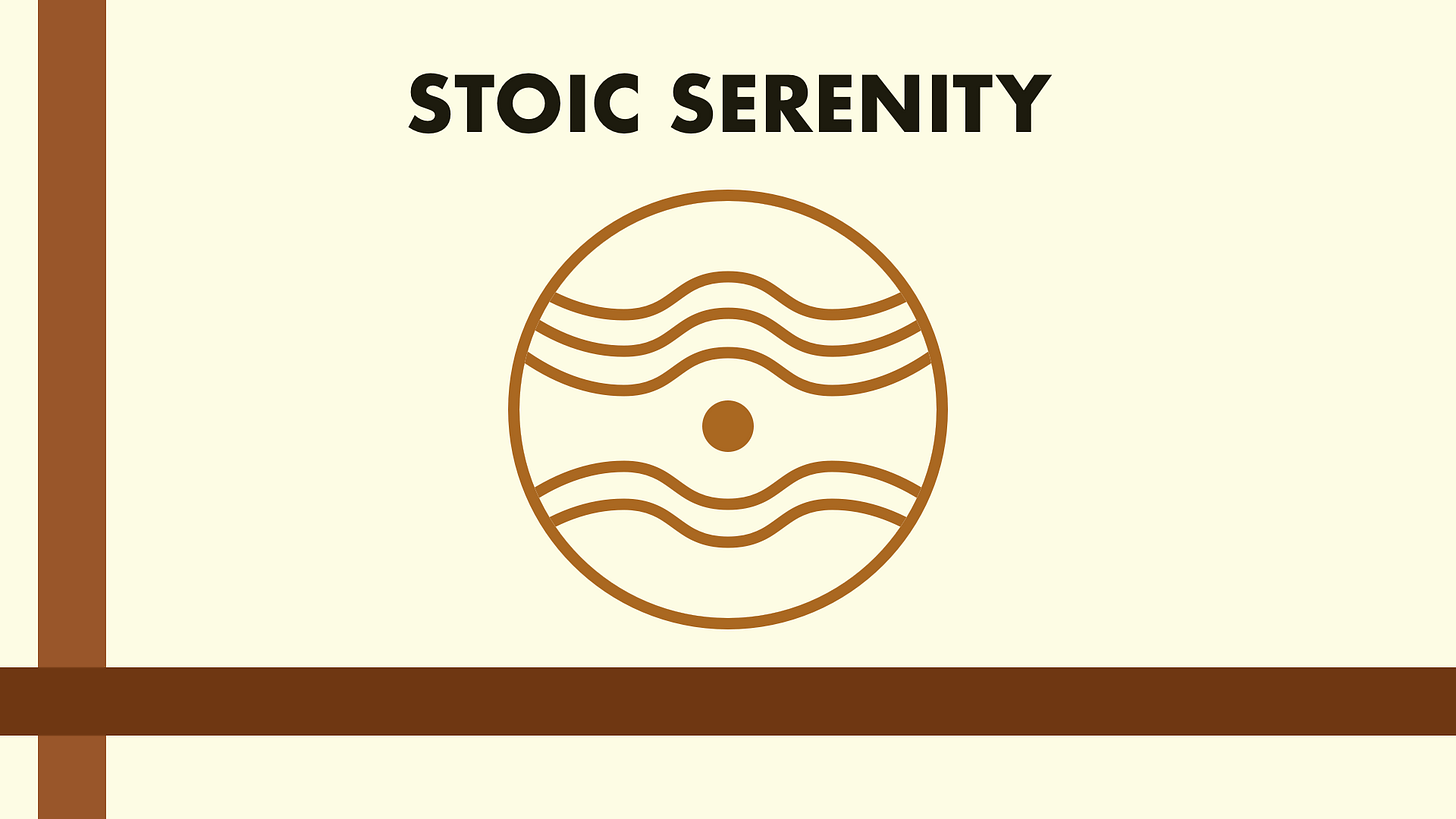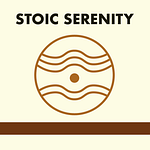
My friend Matt quit social media 4 months ago, and he couldn’t be happier.
Social media and technology have become a very common addiction. That’s why websites like Digitally Well exist. Their founders, Crystal and Madi, „keep you informed on how to use tech with intention in a world where apps are designed to hijack your attention.“
But there are many other forms of addiction. The recipe for why it works is often the instant gratification or reward that you get.
Endlessly scrolling through your social media feeds, gossiping around or biting nails have become habits. And you’re not in control anymore. They control you.
When I bite my nails, I do it compulsively. I can’t stop it. But when I have days without biting I’m happier and in charge. That’s great.
If we want to know how these small addictions can turn into elephant problems, we need to understand…
How micro habits work
You’re doing something because of the expected outcome of it. But you need to trigger your brain first. This is called a cue, stimulus, or „a bit of information that predicts a reward“, as James Clear says on page 47 of Atomic Habits and following. A cue triggers your brain to start a behavior.
I’m not sure what my cue is for biting nails. It could nervousness (the classic). Whatever it is, there is some kind of hidden problem that I’m solving with it. But a cue itself does nothing if I don’t have a craving to change my current state. In other words, it takes motivation or a reason to act. Like, I don’t crave to biting my nails but I crave the feeling it provides. And sometimes I feel that it’s a lack of salt. So, I’m actually craving the salt that is in the nails. At least that’s what I believe.
A craving is the „motivational force behind every habit“. A cue itself means nothing. I wouldn’t follow through with my behavior if a thought, feeling or emotion didn’t interpret that cue and transform it into a craving.
To complete the habit loop, two more steps are missing: response and reward.
The response is the actual habit you perform. This can be a thought or an action. „Whether a response occurs depends on how motivated you are and how much friction is associated with the behavior“. But you also need to have the skills to perform the habit.
And finally, „the response delivers a reward“. Rewards are the end goal of every habit.
Clear says:
The cue is about noticing the reward. The craving is about wanting the reward. The response is about obtaining the reward. We chase rewards because they serve two purposes: (1) they satisfy us and (2) they teach us.
[…]
If a behavior is insufficient in any of the four stages, it will not become a habit. Eliminate the cue and your habit will never start. Reduce the craving and you won’t experience enough motivation to act. Make the behavior difficult and you won’t be able to do it. And if the reward fails to satisfy your desire, then you’ll have no reason to do it again in the future. Without the first three steps, a behavior will not occur. Without all four, a behavior will not be repeated.
[…]
the cue triggers a craving, which motivates a response, which provides a reward, which satisfies the craving and, ultimately, becomes associated with the cue.
Cue and craving are in the problem phase. Response and reward belong to the solution phase.
So, are you letting seemingly harmless habits run your life?
You don’t need to bite nails, or drink soda or have negative thoughts. But if you do and you do it repeatedly, and you can’t stop, then you’re an addict. Why? Addiction is when you’ve „lost the freedom to abstain“.
Can you abstain? And, ultimately, are you free?












Share this post